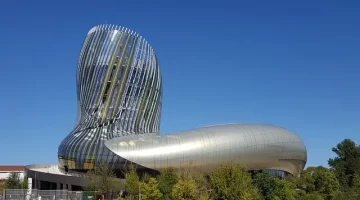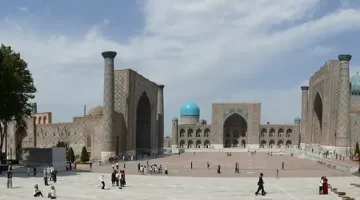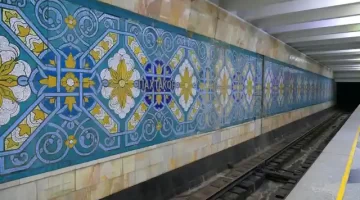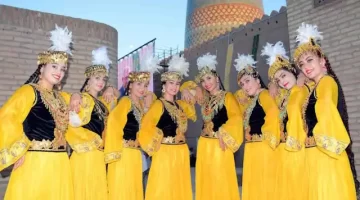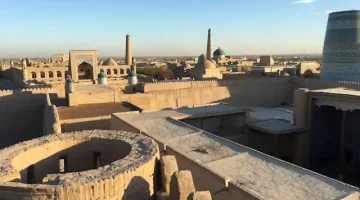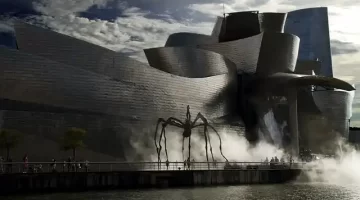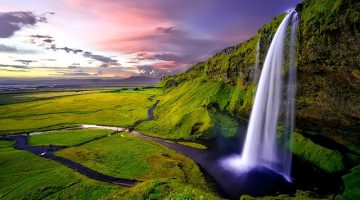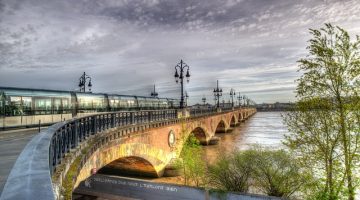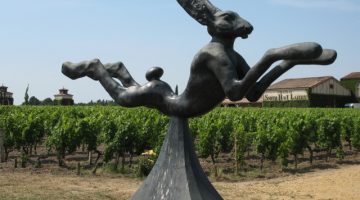The Spirit of Sinai
By Mike Gerrard
‘Man was born in the desert, in Africa. By returning to the desert he rediscovers himself… To be lost in the desert was to find one’s way to God.’ Bruce Chatwin: The Songlines.
I awoke to a few light spots of rain on my sleeping bag. Above, the dark dawn sky was marbled with clouds. The colour of the sky slowly lightened to become the palest of blues, a blue which matched the jelebbas our Bedouin guides were wearing. I could hear the campfire crackling into life, and the shouts of the guides as they brewed the day’s first pot of tea. The rain was no more than a spattering, gone before I’d had to decide whether to do anything about it or not.
We were moving through the landscape of the southern Sinai desert, near the tip of the triangular part of Egypt that nestles between the Gulf of Aqaba and the Red Sea. Pilgrims have passed this way for centuries, from Cairo, from the Middle East, from the Far East, all travelling to visit this holy land, in the centre of which stands Mount Sinai, where Moses collected the Ten Commandments. On its slopes sits St Catherine’s Monastery, founded in the 6th century and one of the oldest working monasteries in the world. Nearby is Egypt’s highest peak, Mount Catherine, reaching up to 2642 metres.
Traders have travelled these routes for centuries too. The Sinai is on the spice route, linking the Middle East with the Horn of Africa, and carved on rocks are inscriptions left by Nabatean traders in the 4th century BC, as they moved from their base in Petra to eastern Africa.
There are even older marks of man’s passing: the Nawamis. These strange Bedouin burial tombs are about 35kms south-west of Nuweiba City, although there are four other Nawami sites, all close to water sources in the Sinai. The name means ‘mosquitoes’, as the local Bedouin believe that the Children of Israel rested here while fleeing from plagues of mosquitoes. A more scientific explanation has them as second burial chambers, although even the scientists have trouble dating them exactly. One piece of pottery found here dates from 3500BC.

The tombs are little higher than a man, rounded, built up from hefty blocks like igloos. They are Petra-red, from the high iron content in the sandstone, which has also helped preserve them. They are about a thousand years older than the Pyramids, and are thought to be the oldest remaining roofed buildings in the world.
On one of my trips into the Sinai our group of modern travellers was led by Dr. Rabia Barty. Dr. Rabia has lived on and off with the Bedouin for twelve years, while also running his Cairo tour company which organises these desert safaris. He talks about the different Bedouin tribes as we pause at the Tomb of Sheik Faranji, grandfather of the Mezzaina tribe of southern Sinai.
‘There are about 50,000 Bedouin in Southern Sinai,’ Dr. Rabia says. ‘They are divided into six tribes, and there are perhaps 200,000 Bedouin in the north, though exact figures are obviously hard to know because of their nomadic lifestyle. The Bedouin live as separate tribes, with distinct borders between them.
Tribes are divided up into families, and families do settle but they can move around within the tribal area, but not outside it. The Mezzaina tribe is the biggest in South Sinai, and we will spend all day today travelling through their territory and will camp tonight just on the border with the Gebeliya tribe, who are the ones who live around Mount Sinai.
‘The Bedouin have lived here since at least the time of the Book of Exodus. In the time of Moses the goats and sheep were tended by the girls, which is just the same as it is today. The men look after the camels. And in the Bible, when Jesus visited Abraham there was an offering of tea and bread, which is just the same today.’
We then walk from the tomb to a small Bedouin encampment, where we are formally greeted and invited to sit down on the rugs in the shade of the tent. Bedouin tents have a roof which is made of goat hair, because this has no holes to let in the rain, while the sides will be made from sheep hair which has holes that let in the wind. We are offered tea, three cups being the traditional welcome to visitors.

At night our guides would gather wood from this seemingly barren landscape, and cook supper over the flames. They make bread, either burying the dough under the fire or cooking it on the top of an old oil drum, resting on the heat. We would eat and talk, drink yet more tea, and finally climb into our sleeping bags for another night under the stars.
And what stars they were. One night I felt I could see every star, every galaxy. A single white light went by in a dead straight line: a satellite. And the speeding flurry of a shooting star, like stardust, gone as soon as you’ve seen it, like a fleeting glimpse of true happiness. A plane went by, way up high, its red and green wing lights twinkling, its passengers cocooned in their world, me down below in mine. As I drifted into sleep, it was hard to know which was the most moving: the days or the nights in the desert.


